Farewell to the i8: BMW ends production of the PHEV supercar in April 2020
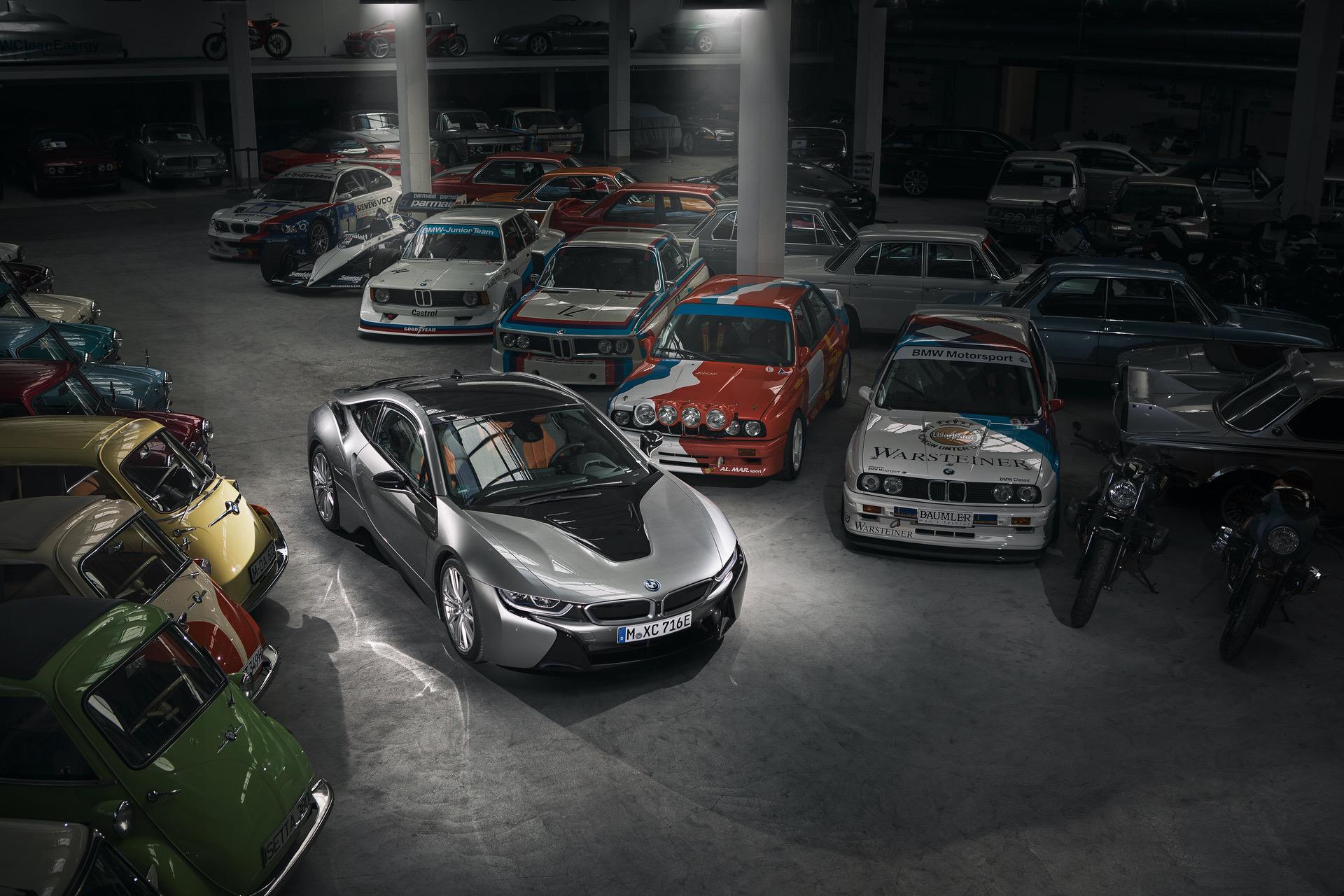

After six years in service, the trendsetting BMW i8 is nearing the end of its product life cycle. To be honest, this is quite a sad and abrupt end for such a great masterpiece of engineering and design.
First launched as a series production car back in 2014, the first-ever plug-in hybrid sports car from BMW has quickly become the most successful performance vehicle in the world. As it approaches the end of its career, the BMW i8 models are definitely set to be come future classics.
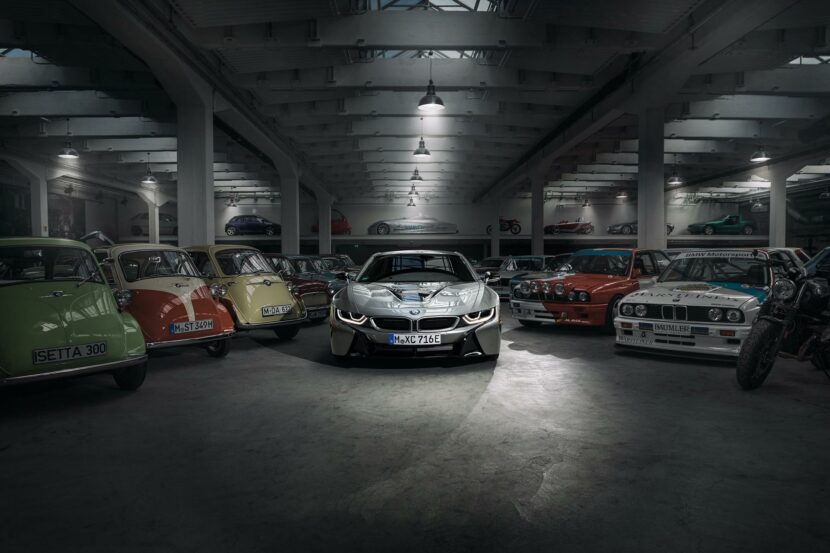
The BMW i8 Coupe and i8 Roadster are the ultimate technological milestones of the BMW Group, blending in a spectacular and futuristic design with state-of-the-art engineering. The reason why the i8 is so important to BMW is the fact that it laid the foundation for future electrification of the entire range of models.
Since 2014, more than 20,000 units have been sold worldwide. The i8 was officially presented at the IAA Frankfurt 2013, with the market introduction following later on in 2014. The plug-in hybrid model was directly inspired by the Vision EfficientDynamics concept of 2009.
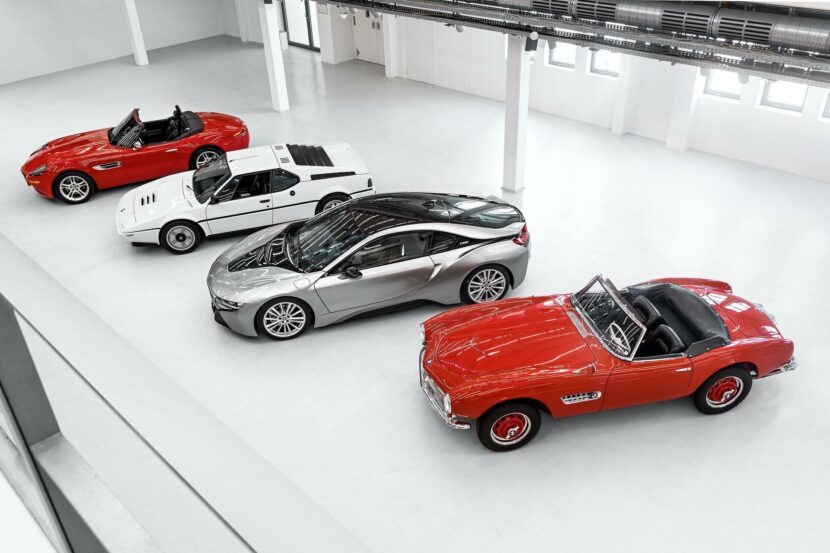
The package proposed by the i8 was entirely daring: a supercar silhouette with upwards-opening doors (“gullwing”), sporting an electrified powertrain and all-wheel-drive traction. The i8 features a lightweight aluminum chassis with a passenger cell made of carbon fiber reinforced plastic. Many parts of the aluminum were primarily built using state-of-art 3D printing.
The plug-in hybrid architecture comprises a 1.5-liter, 3-cylinder gasoline engine powering the rear axle, mated with an electric motor that spins the front wheels. The entire plug-in hybrid configuration is rated at 275 kW / 374 PS (368 hp).
The all-electric range reaches between 55 and 53 kilometers, while the top speed hits 250 km/h. The acceleration from 0 to 100 km/h takes just 4.4 seconds in the i8 Coupe and 4.6 seconds in the i8 Roadster.
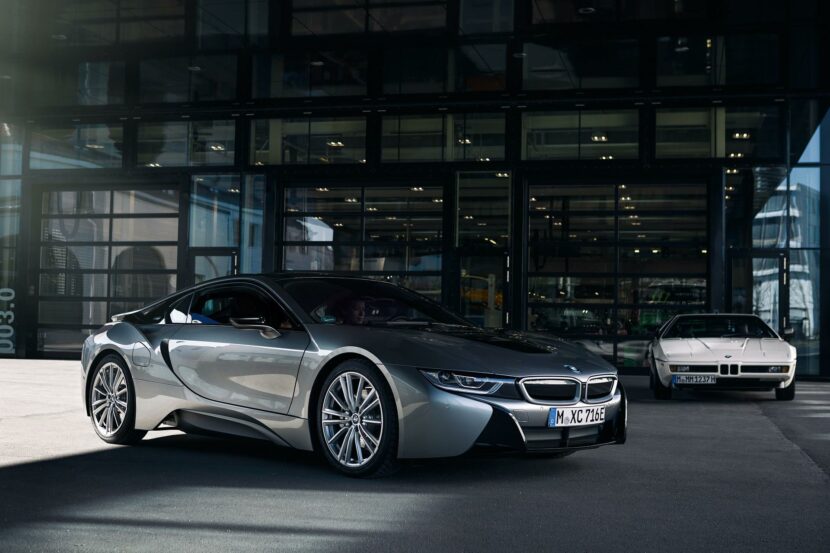
The electrified powertrain has been specifically designed to enhance efficiency and ensure a dynamic power delivery. The placement of the high-voltage battery is at a low level, in the center of the vehicle. The LifeDrive architecture, which comprises the passenger cell and chassis, weighs less than 1,500 kilograms and the weight distribution is equal on the two axles – 50 : 50.
The i8 has been a pioneer in many aspects, from the innovative LifeDrive architecture, to the plug-in hybrid eDrive powertrain and functional design philosophy. When launched in 2014, the i8 was the first production car in the world to feature a Laser-based lighting system.
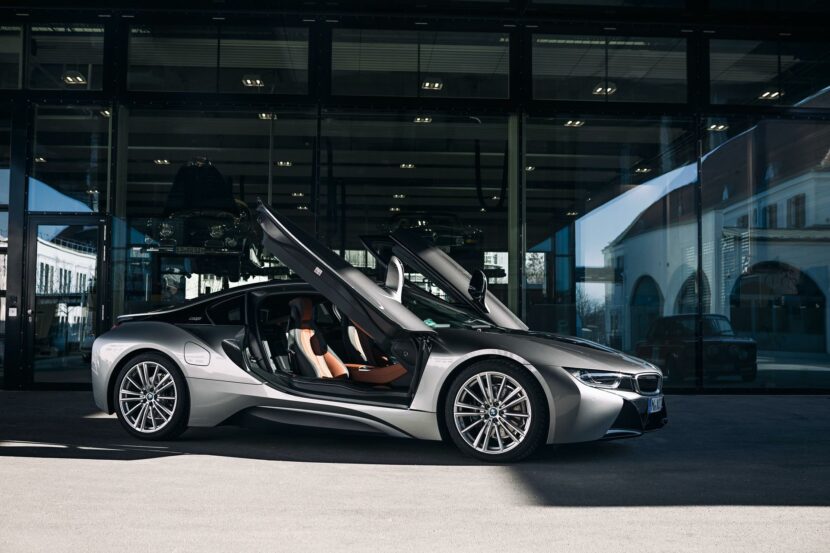
The technological advancement of the i8 brought more emphasis on the future of mobility and helped the plug-in hybrid sports car secure many coveted awards in Germany and Europe.
Among those, the most important trophies were the iF and red.dot Design Awards, the title of “World Green Car of the Year”, the “Car Connectivity Award” and “All-Wheel Drive Car of The Year”. The innovative plug-in hybrid drive package of the i8 secured the “Engine of The Year” award for five times in a row between 2015 and 2019.
Currently, the BMW i8 Coupe and i8 Roadster are also the official Safety Cars of the ABB FIA Formula E championship. Throughout the years, BMW has prepared several special editions for the i8, like the i8 Protonic Red Edition in 2016, the i8 Protonic Frozen Black and Protonic Frozen Yellow editions from 2017.
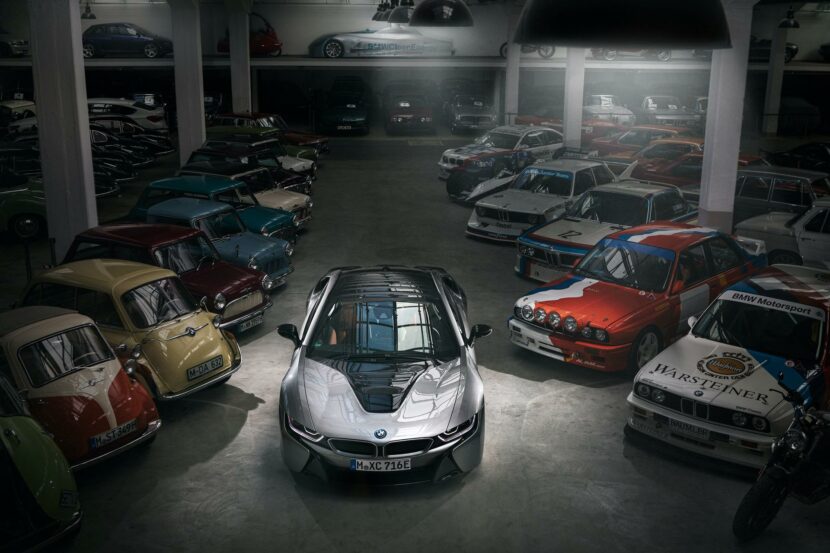
Right now, BMW is sending off the i8 models in true style with the help of the limited-run Ultimate Sophisto Edition models. The last 200 units of the i8 to be built at the Leipzig plant in Germany feature a special and unique interior and exterior customization. The scheduled cease of production is set for April this year.
From a true BMW fan perspective, it is heart-breaking to see such a great car like the i8 go. The pain can be alleviated only by thinking of the i8’s decisively pioneering role in shaping the future of electromobility within the BMW Group and the entire automotive industry.
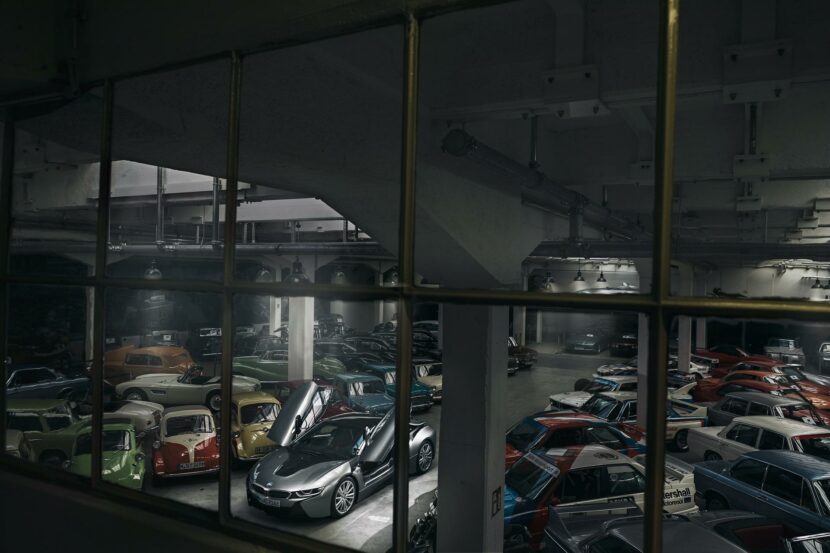
The i8 will soon join the hall of fame of automotive miracles that helped shape the modern BMW brand, like the the 507 roadster, the 500/600 Isetta micro-cars, the M1 supercar of the 1970s or the sensational Z8.
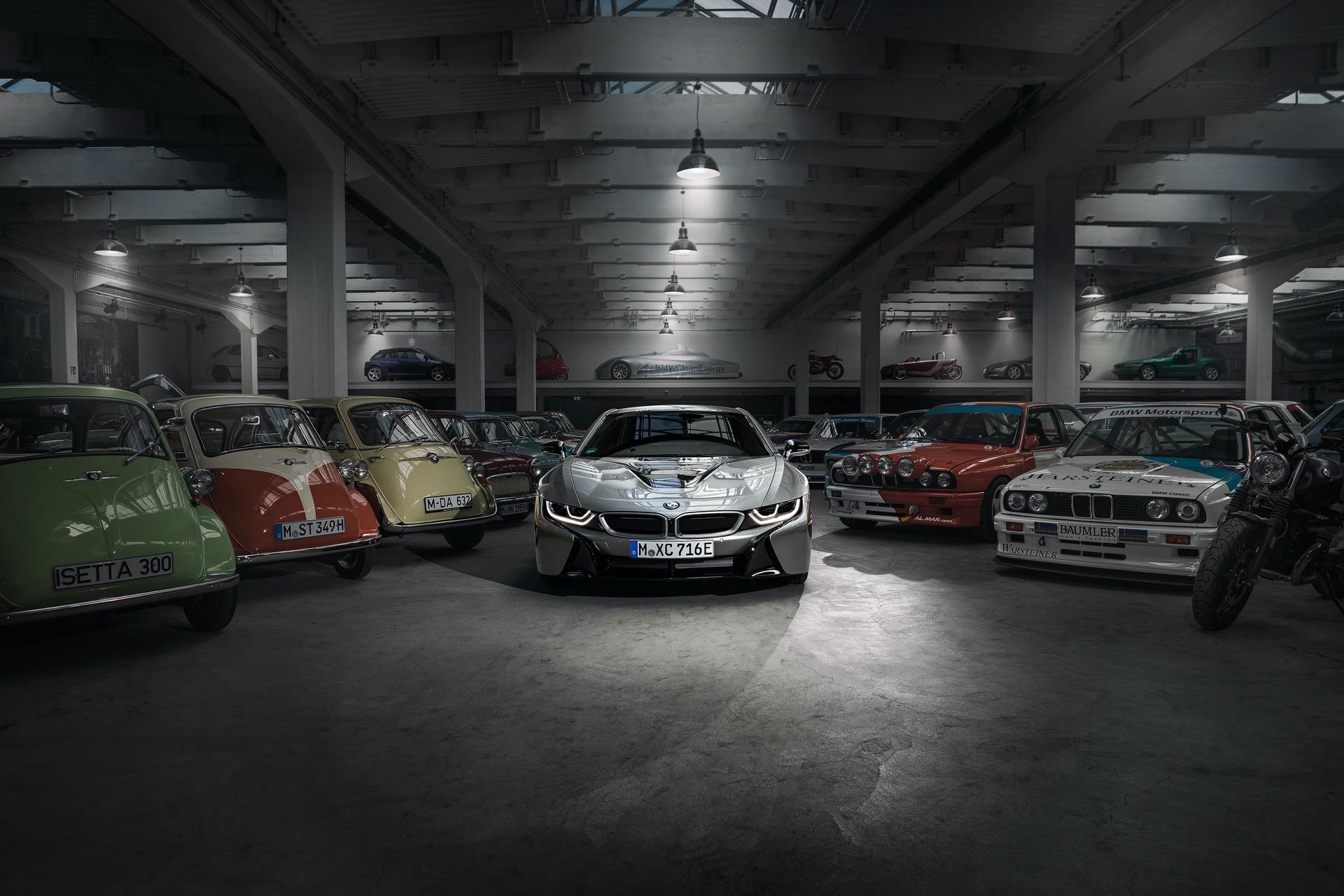
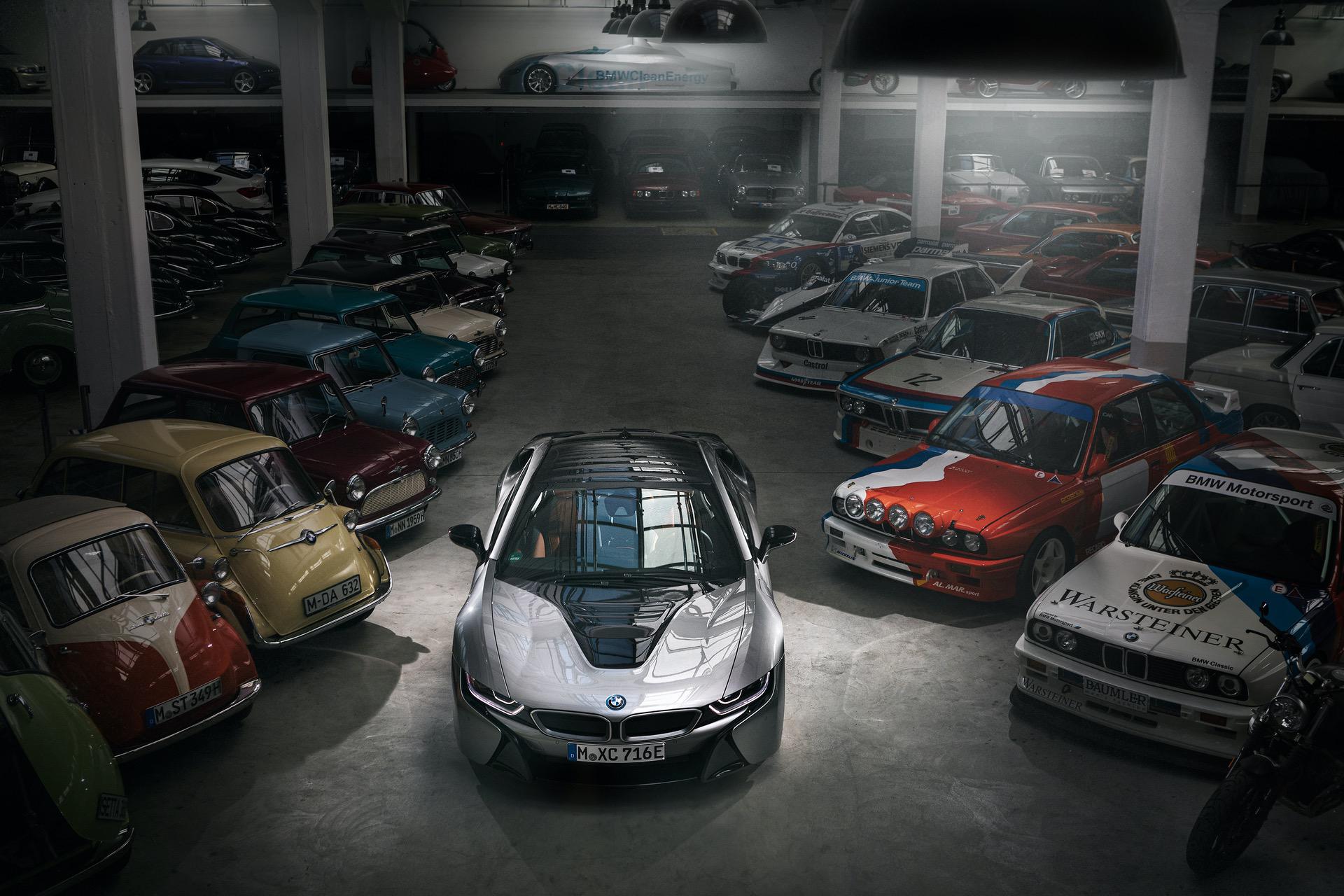
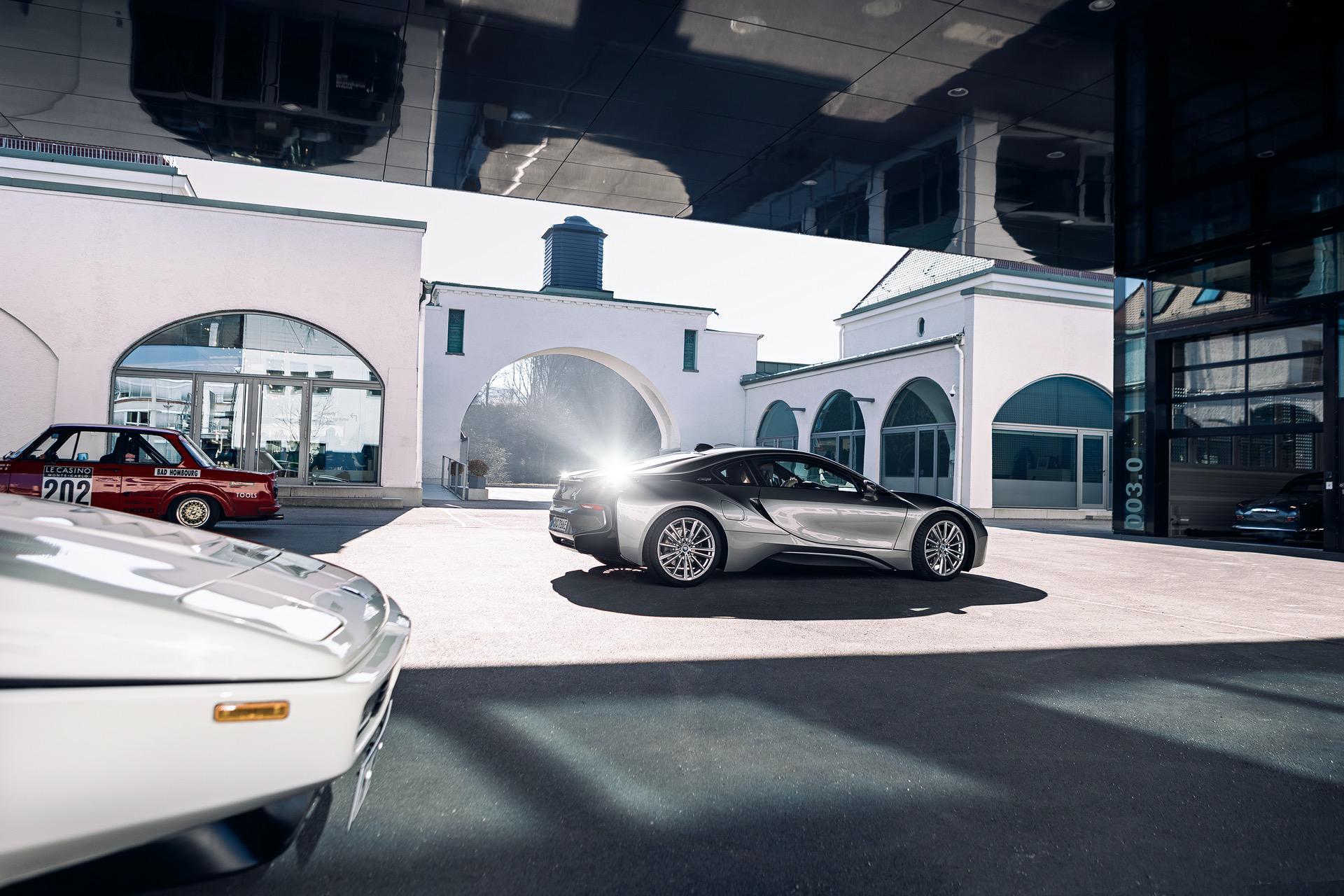
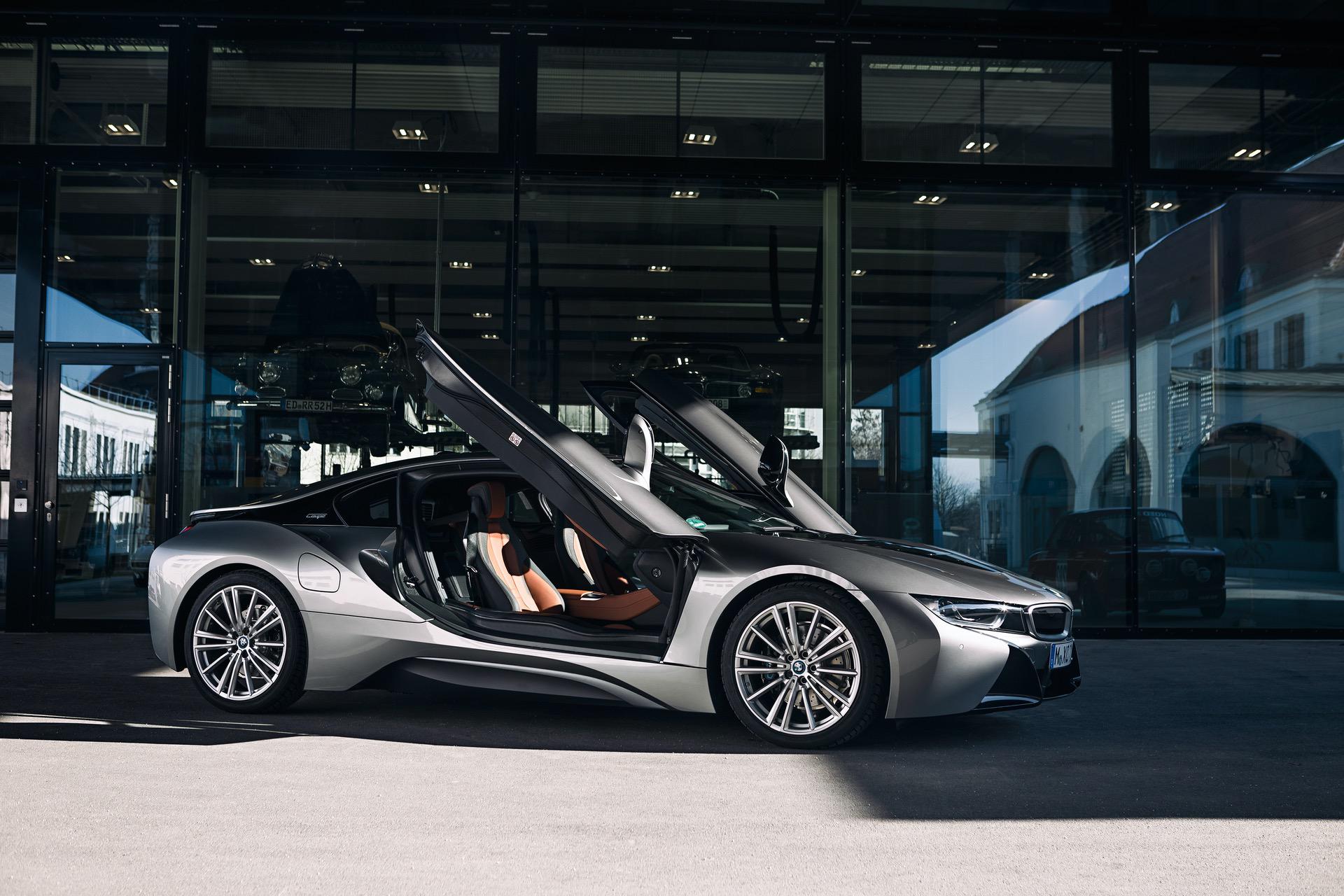

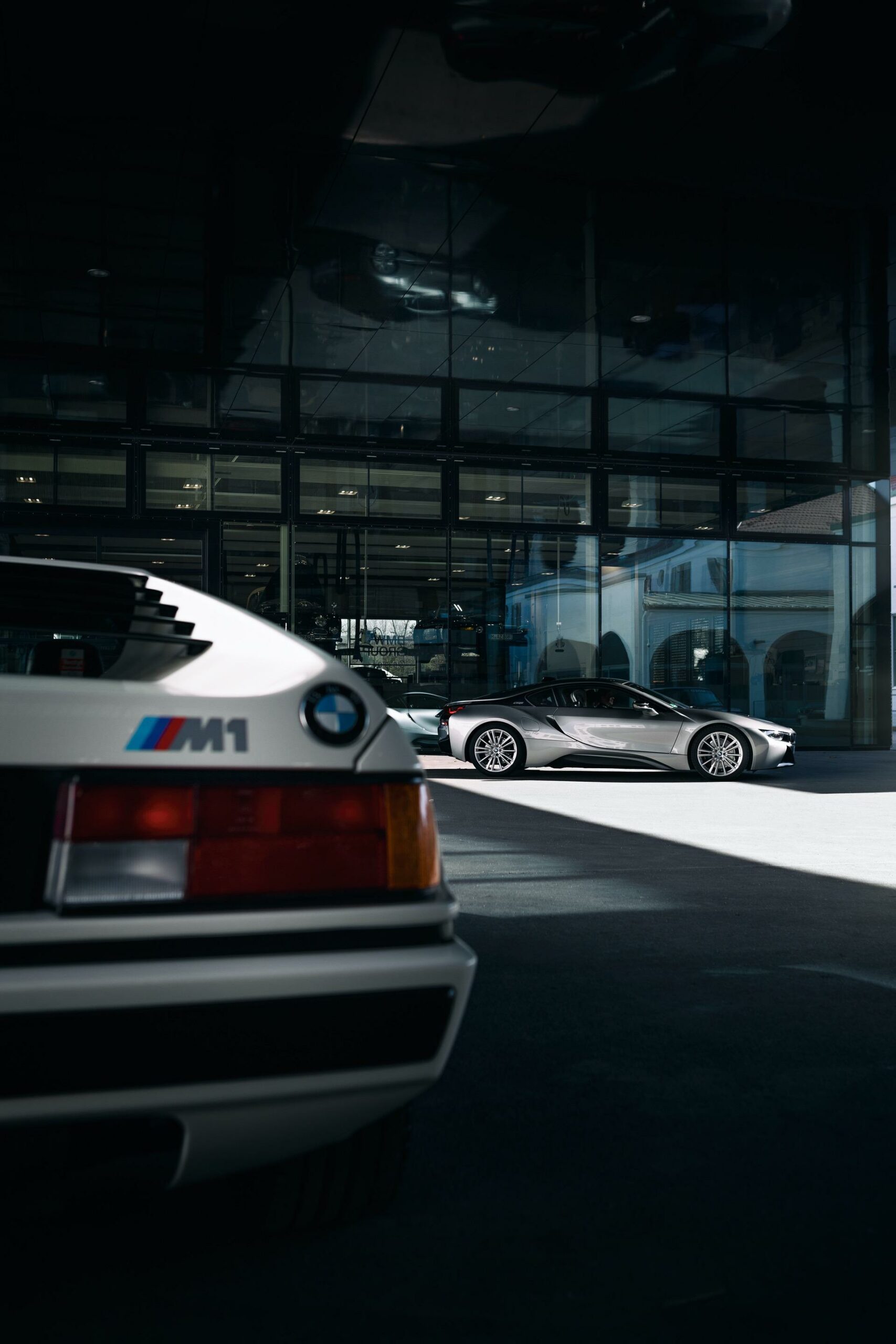

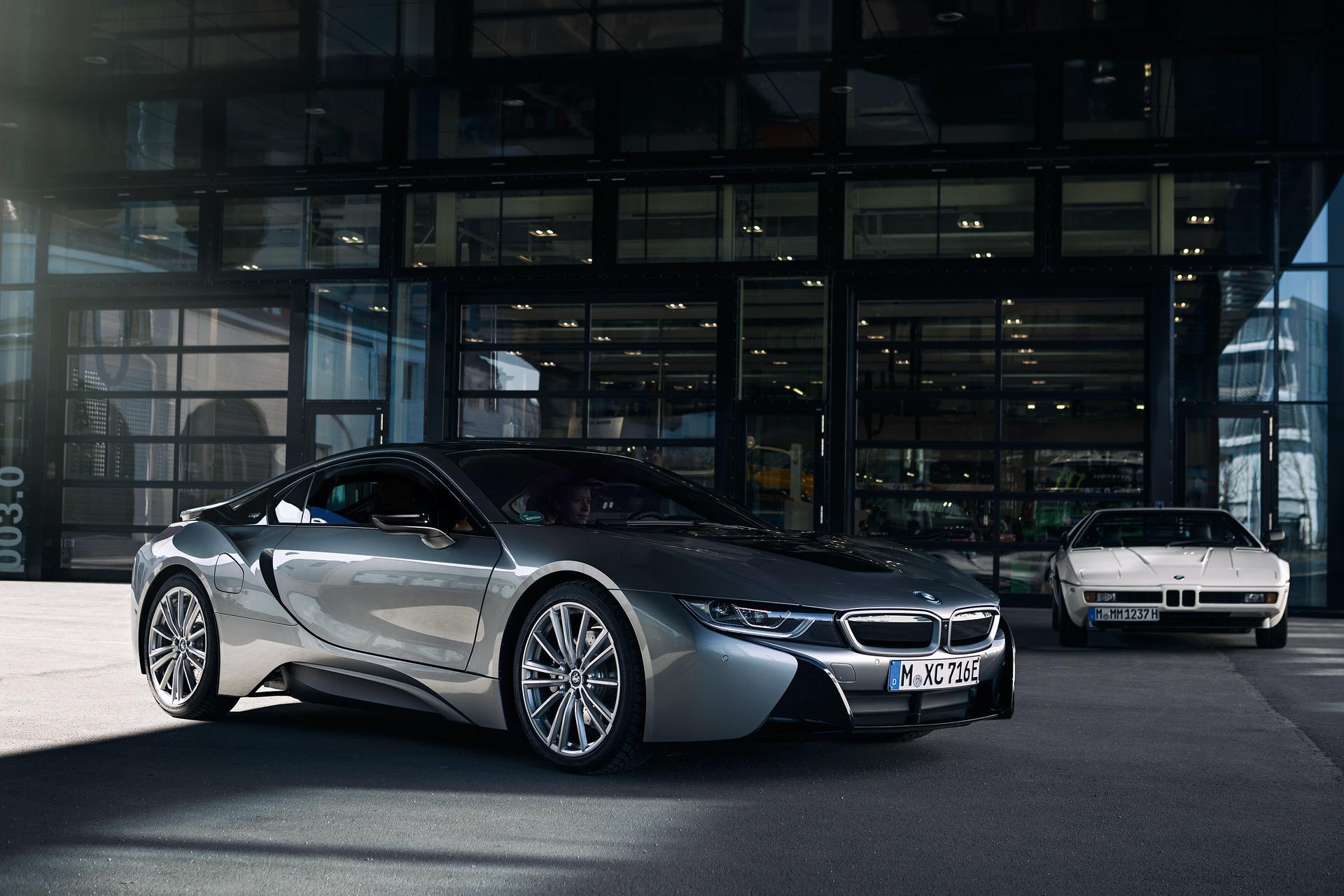
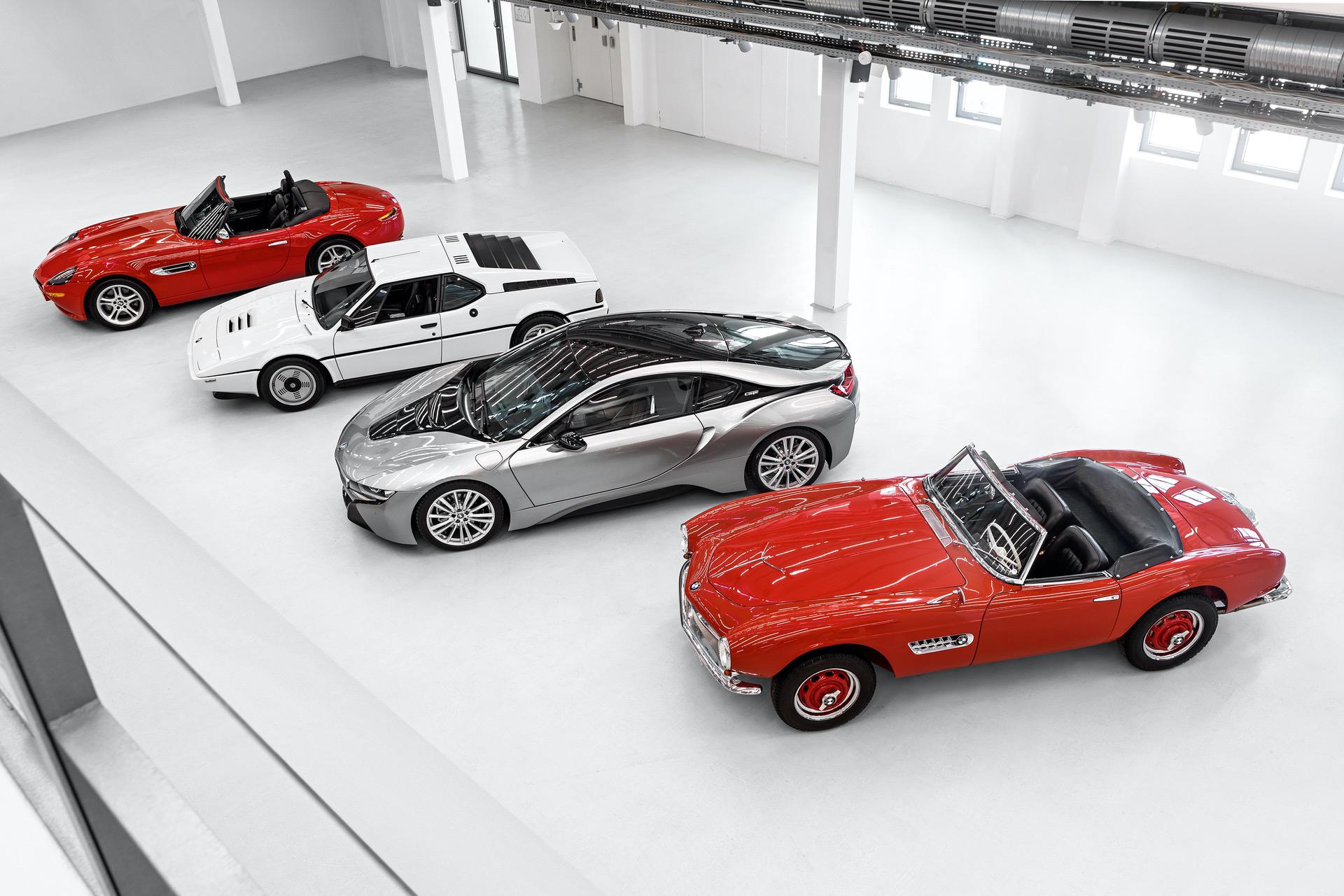
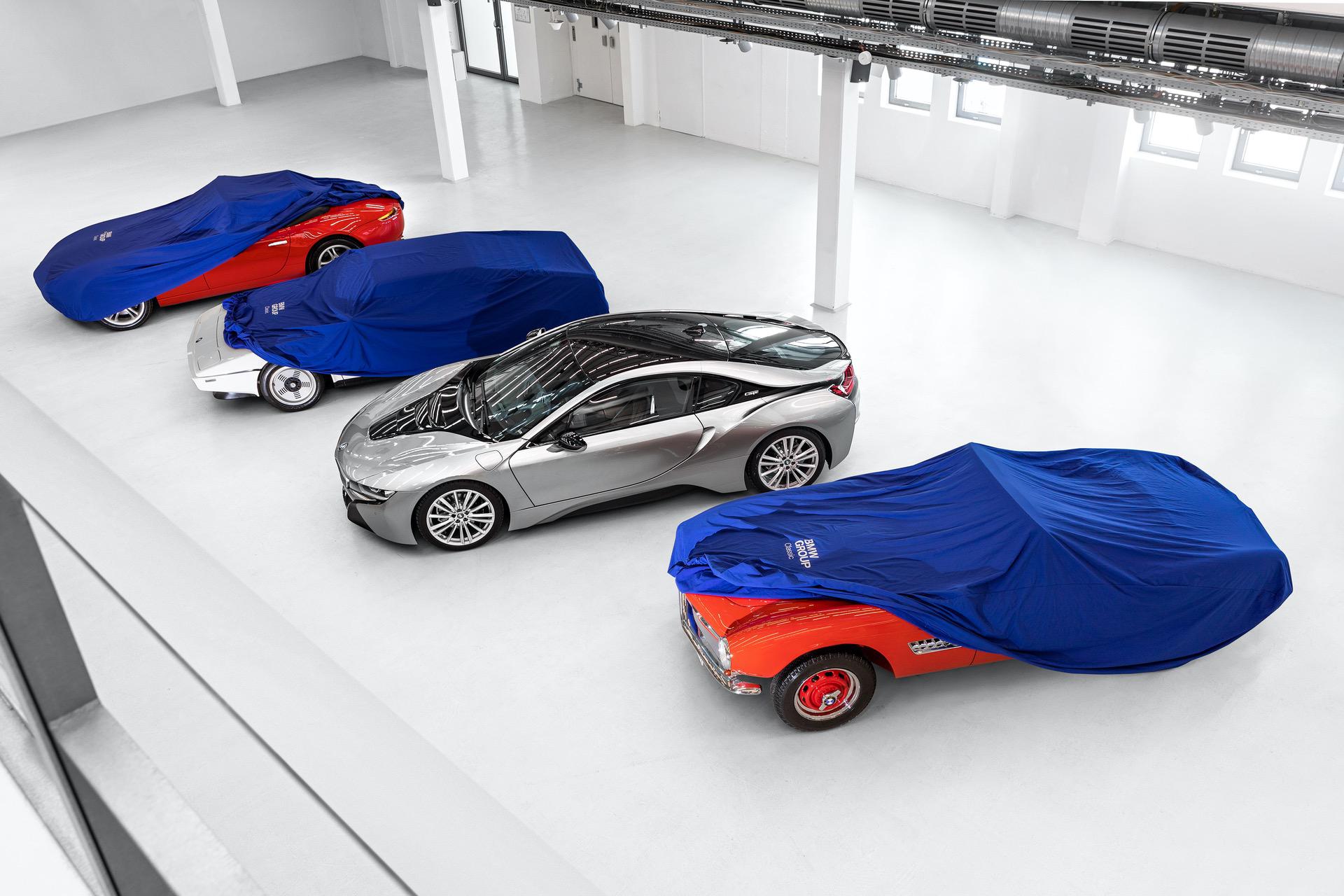


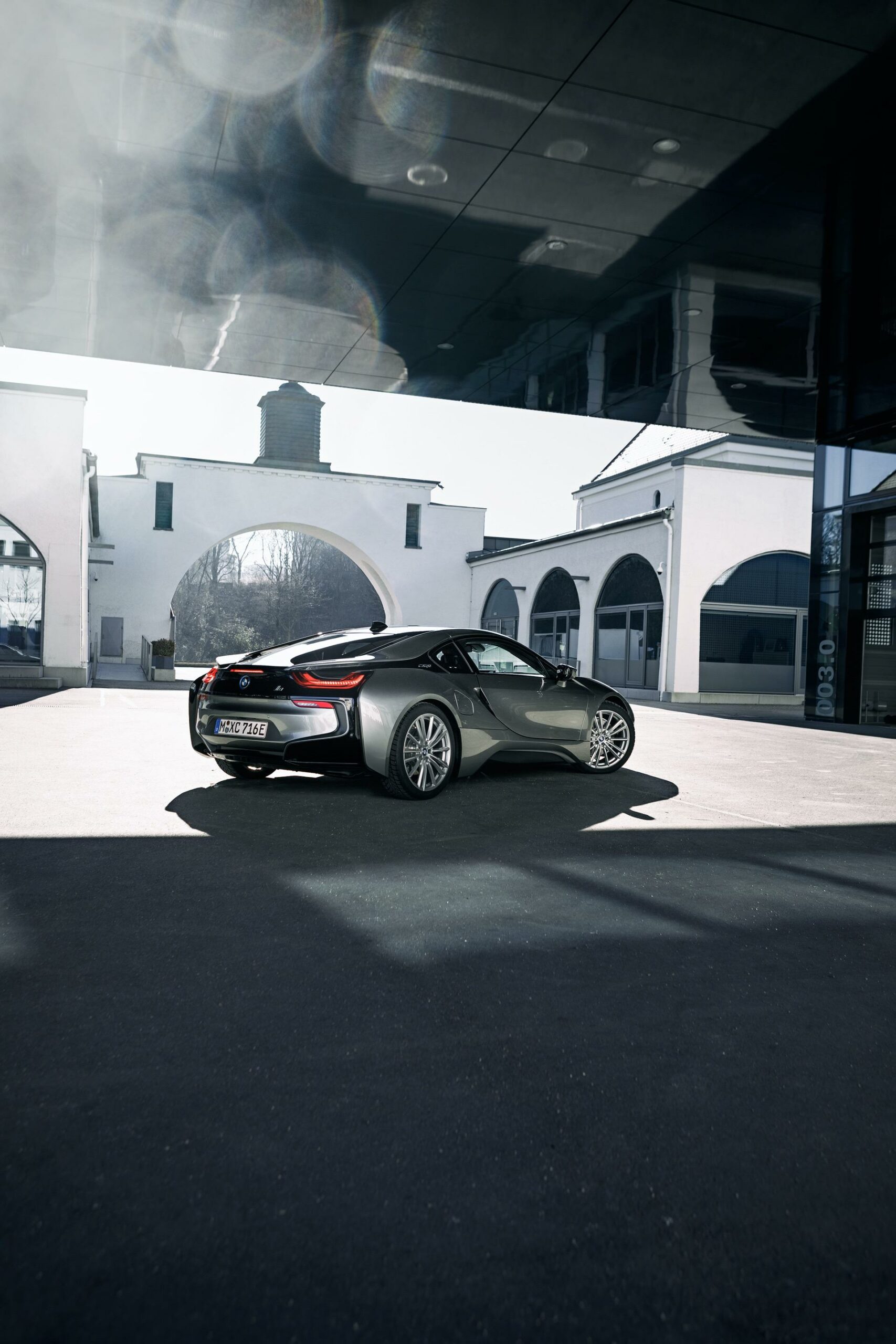
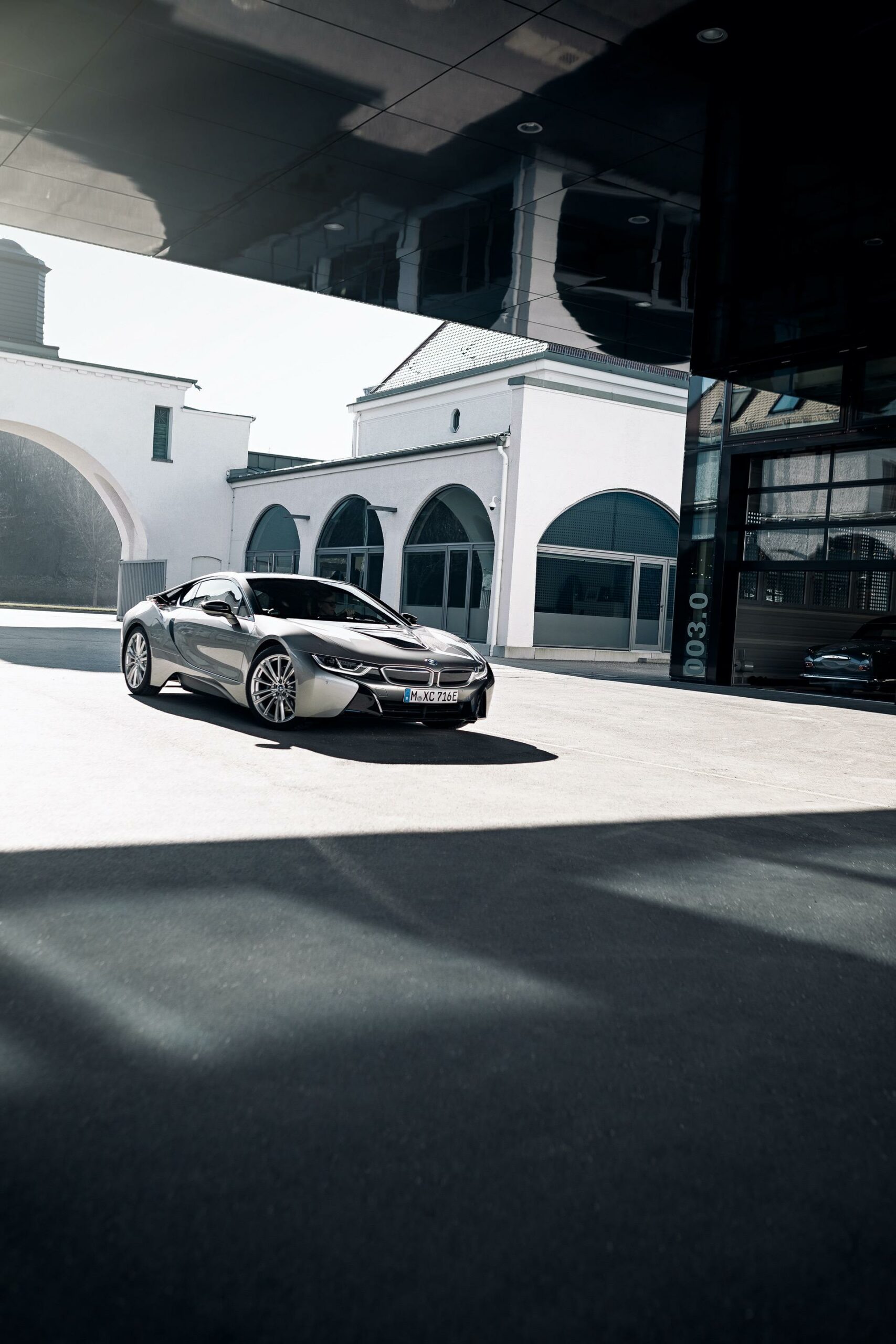
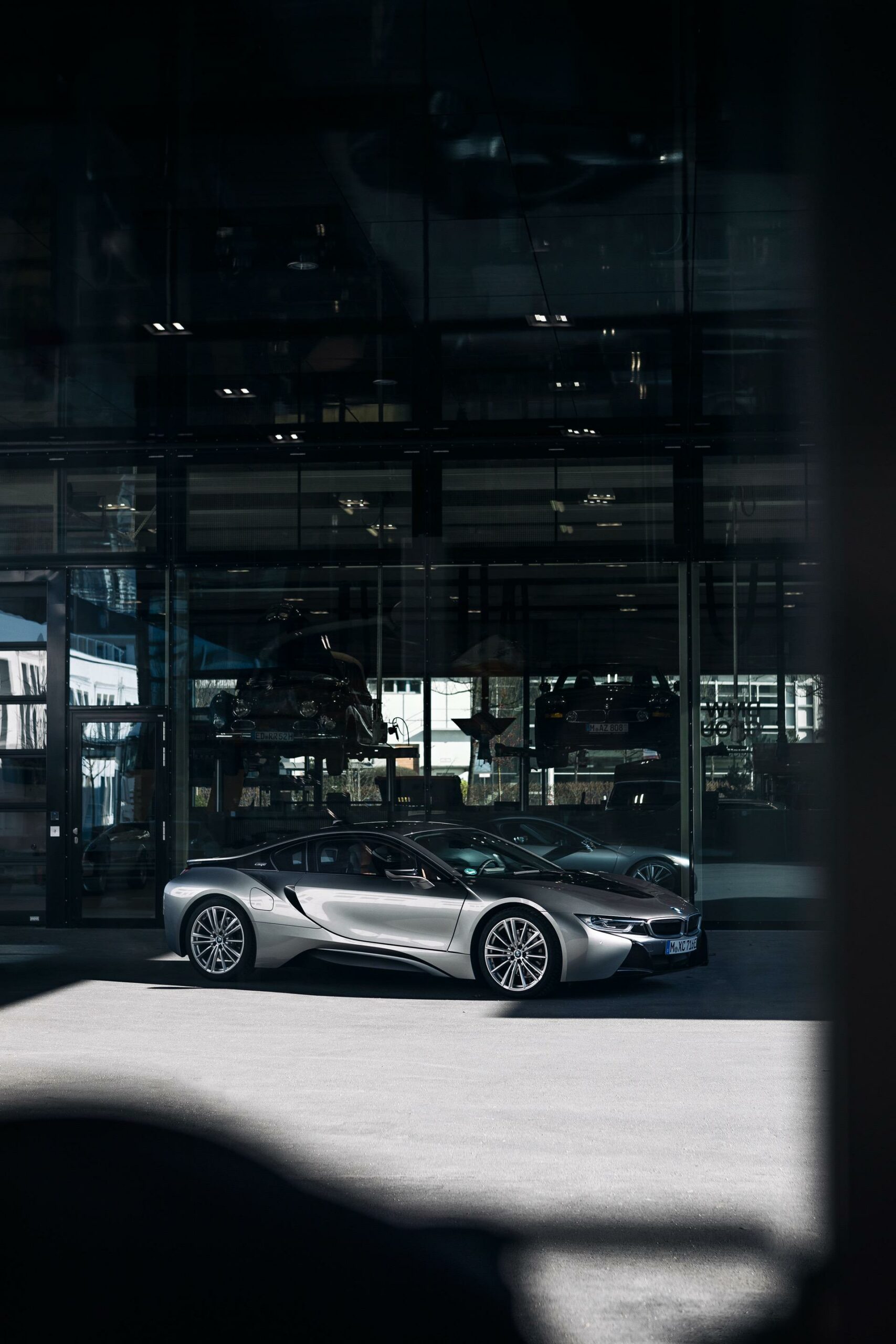

The article Farewell to the i8: BMW ends production of the PHEV supercar in April 2020 appeared first on BMW BLOG
